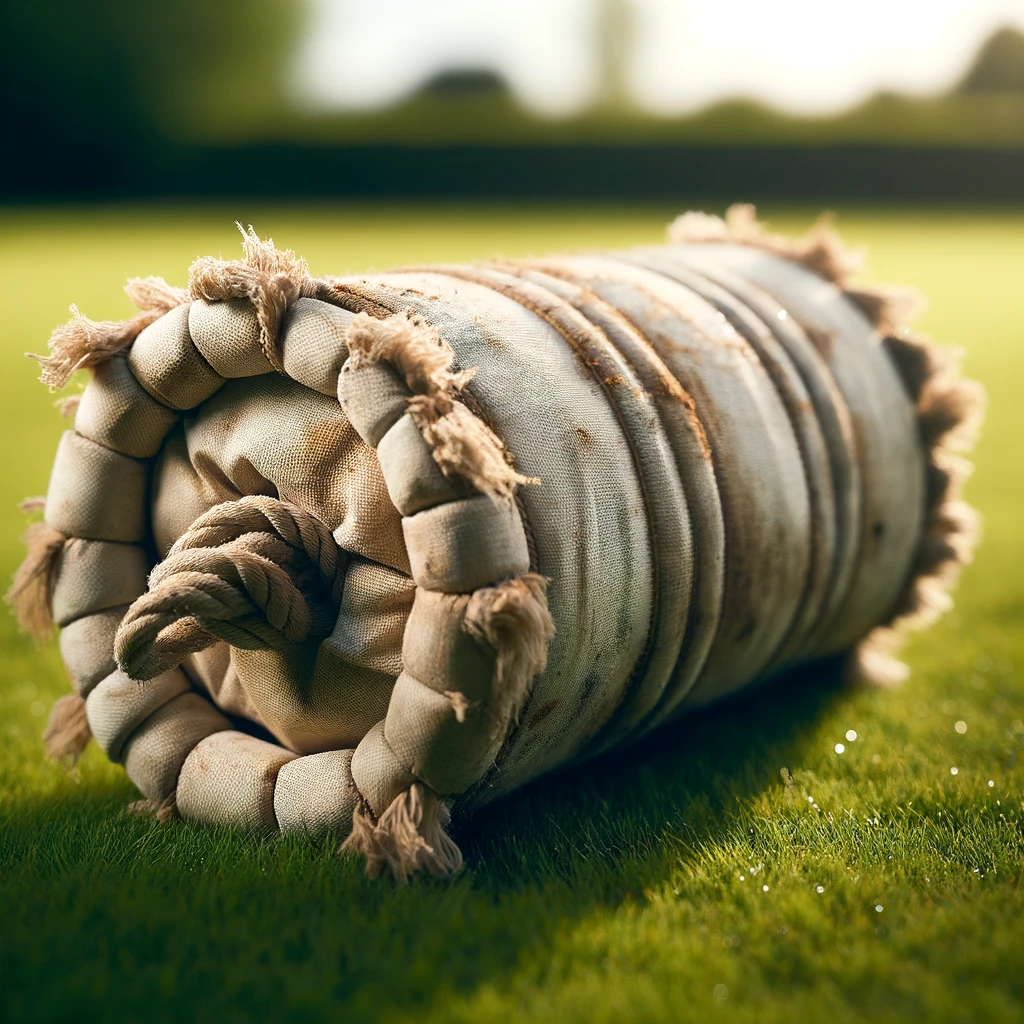Canvas retriever dummies are vital tools for canine schooling, in particular with regards to teaching waterfowl retrieval. These dummies are made to face up to the factors, heavy use, and the wear and tear from enthusiastic puppies. However, even the most durable canvas dummies can suffer from rips, tears, frayed seams, and broken weights after substantial use. Instead of tossing out a tired dummy, repairing it can prevent cash and prolong its lifespan. In this comprehensive guide, we’ll display you how to investigate and repair a canvas retriever dummy, making sure it stays in top circumstance in your dog’s education periods.
Understanding the Anatomy of a Canvas Retriever Dummy
Before leaping into repairs, it’s helpful to apprehend the basic structure of a canvas retriever dummy. Most dummies include a difficult, water-resistant canvas outdoors full of both sand, pellets, or a rubberized weight that offers them the heft needed for training. The outer canvas layer takes the brunt of the wear, especially when used for retrievals in water, dust, or tough terrain.
Exterior Materials and Wear Points
The canvas material is designed for durability, however, it’s far liable to fraying, tearing, or turning into punctured over time. The seams and handles also are vulnerable to damage, as they bear the maximum pressure at some stage in repeated throws and retrievals.
Internal Structure and Weight Distribution
Inside the dummy is a weight that gives it proper balance and lets in it to simulate the heft of sport birds. This weight can every now and then shift, damage, or grow to be uneven, causing the dummy to perform poorly.
Common Problems with Canvas Retriever Dummies
There are several troubles you might encounter with your canvas retriever dummy. The most common issues consist of:
Tears and Rips in the Canvas
Frequent use, sharp gadgets, and fashionable put on can cause rips or tears in the canvas. Small holes may not affect the overall performance tons, but larger tears can alter the dummy’s aerodynamics and durability.
Broken or Detached Weight
If the burden within the dummy comes free or shifts, it is able to affect the way the dummy flies or floats, reducing its effectiveness in training.
Fraying Seams or Handles
Seams and handles undergo the maximum pressure and may start to fray after repeated use, particularly in case your dog pulls or tugs on the dummy.
Step-by way of-Step Guide to Repairing a Canvas Retriever Dummy
Now that you recognise what can pass incorrect, let’s walk through the stairs to repair your canvas retriever dummy. Whether you’re dealing with a small tear or a broken weight, these recommendations will help you get your dummy again in movement.
Step 1: Assess the Damage
Before you start any upkeep, look at the dummy intently to determine the quantity of the damage. Are there only some small tears, or is the entire seam coming apart? Is the load still properly distributed inside? This evaluation will help you decide whether or not the dummy can be repaired or if it’s time for a substitute.
Step 2: Gather Tools and Materials
Here are some gear and materials you’ll want for most canvas retriever dummy maintenance:
- Heavy-duty sewing needle
- Waxed thread or robust nylon thread
- Canvas patches (for large tears)
- Fabric glue (elective)
- Scissors
- Waterproofing spray
- Replacement weight (if wished)
- Plier or wrench (for handling weights)
Repairing a Torn Canvas Dummy
Sewing Techniques for Rips
For small tears or holes, you may use a simple needle and thread to sew the canvas back together. Here’s how:
- Thread the needle with a strong, waxed thread. Nylon thread is ideal for electricity.
- Start via tying a secure knot at the end of the thread.
- Use a whipstitch or backstitch to shut the tear, ensuring the stitches are tight and even.
- Double stitch regions which are liable to strain, like near the seams or handles.
Using Patches for Larger TearsIf the tear is too large to sew effectively, you’ll need to patch it:
- Cut a chunk of canvas or fabric that’s barely large than the tear.
- Apply fabric glue round the edges of the tear and press the patch firmly in location.
- For introduced durability, stitch round the rims of the patch the usage of a heavy-responsibility thread.
Fixing the Internal Weight
Re-securing or Replacing the Weight
If the internal weight has come free, you can need to open up the canvas dummy to restoration it. Here’s what to do:
- Carefully open the seam of the dummy close to the burden the use of scissors or a seam ripper.
- If the load is still intact however has shifted, reposition it and sew the seam again up, ensuring to double-sew for security.
- If the weight is broken or lacking, replace it with a similar-sized object like sand, gravel, or rubber pellets.
- Sew the seam back together once the load is in location, making sure it’s far frivolously dispensed.
Reinforcing Frayed Seams and Handles
Handles and seams can put on out faster than different elements of the dummy. Reinforcing them is a superb manner to increase its lifestyles.
Stitching Methods for Strengthening Weak Areas
For frayed seams:
- Cut away any free or frayed threads.
- Use a zigzag sew alongside the edges of the seam to prevent further fraying.
Reinforce the seam by adding a further layer of sewing, in particular in regions in which the dummy is frequently grabbed via the dog.
Reinforcing Handles for Extended Durability
If the take care of is starting to tear:
- Add greater stitches across the base of the cope with in which it attaches to the dummy.
- Consider stitching a canvas patch over the location for additional guide.
- If the deal with is just too damaged, you could replace it with a brand new one made from sturdy nylon webbing.
Waterproofing Your Repaired Canvas Dummy
After completing the repairs, it’s crucial to repair the dummy’s water resistance, in particular if you use it for waterfowl education.
Importance of Waterproofing
Waterproofing ensures that the dummy remains buoyant and prevents the canvas from absorbing water, that can cause mildew and weaken the material through the years.
Methods to Waterproof the Canvas Material
Once the repairs are entire:
- Spray the canvas with a waterproofing spray designed for outdoor tools or material.
- Allow the dummy to dry absolutely earlier than the use of it again, making sure the waterproof coating has absolutely set.
Preventive Maintenance for Canvas Dummies
To keep your retriever dummy in good circumstance, regular upkeep is prime.
Tips to Prolong the Lifespan of Your Dummy
Inspect your dummy for symptoms of wear after every schooling consultation.
Clean the dummy with moderate soap and water if it’s been used in muddy or dirty conditions.
Store the dummy in a dry area to prevent mold or mildew from forming.Regular Inspections and Cleaning
Periodically take a look at the seams, canvas, and handles for any symptoms of harm. Early upkeep can prevent more massive issues down the road.
When to Replace Your Canvas Retriever Dummy
Even with upkeep, there comes a time while a retriever dummy is just too wiped out to be powerful. Here’s the way to realize while to retire it.
Knowing When Repairs Are No Longer Effective
If the canvas has end up too skinny, or if repeated upkeep to the weight or seams are no longer maintaining, it can be time to put money into a new dummy.
Signs That It’s Time for a New Dummy
- The dummy not flies or floats nicely.
- The canvas is frayed past repair.
- The inner weight is damaged or lacking.
Conclusion
Repairing a canvas








